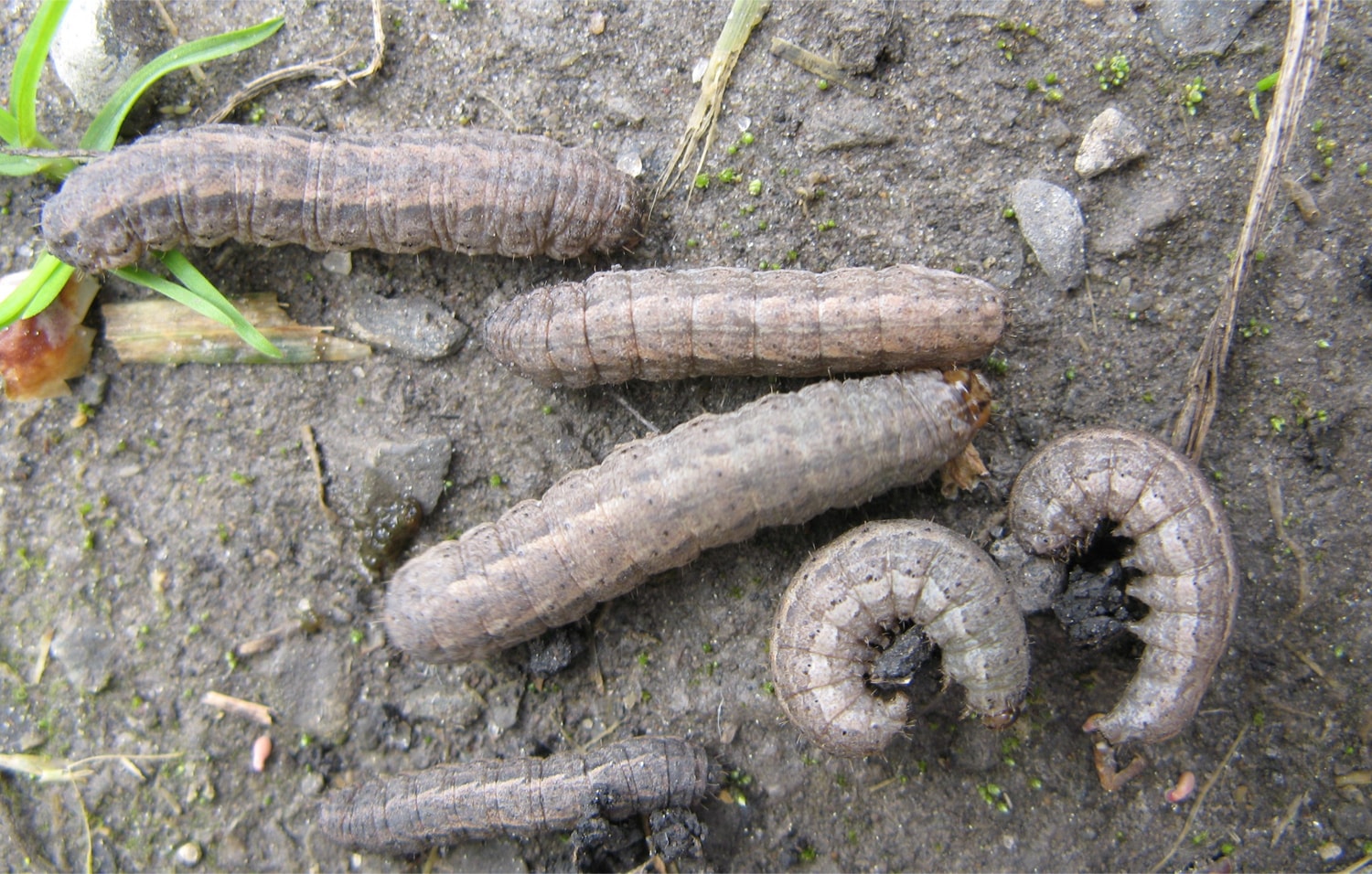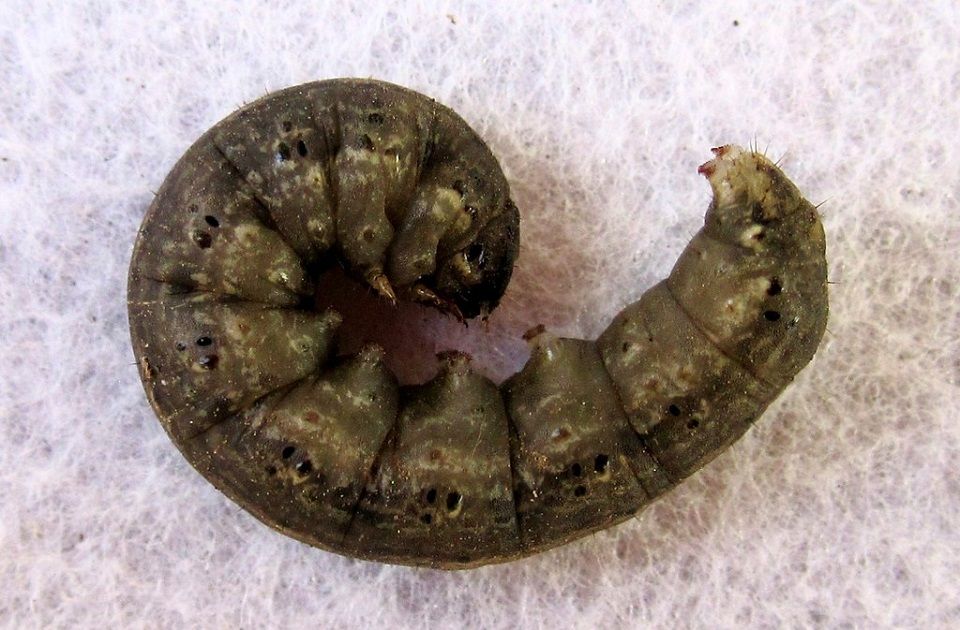
Damageīefore seedling emergence or transplanting, monitor for cutworms on weeds around field edges. Larvae are nocturnal: older larvae drop to the ground and tunnel into the soil during the day and emerge at night to feed. After hatching, young larvae chew on the leaf surfaces. Eggs are laid on leaves or stems close to the ground. Females lay hundreds of white eggs, either singly or in clusters (depending on the species). Variegated cutworm is dark gray with a light stripe on the side and small yellow to orange spots on top of the abdomen.Īdult moths have dark gray or brown front wings with irregular spots or bands and pale hind wings.Granulate cutworm is brownish to dark gray with black blotches or specks.Glassy cutworm is shiny, pale green to gray, or whitish with a brown head.It has an overall greasy appearance and numerous tiny, black, rounded, pebblelike bumps.

Black cutworm is gray to dark brown on top with pale lengthwise stripes.

Cutworms commonly curl up into a C-shape when disturbed.ĭistinguishing characteristics of different cutworm larvae: Full-grown caterpillars are 1 to 2 inches long.


 0 kommentar(er)
0 kommentar(er)
